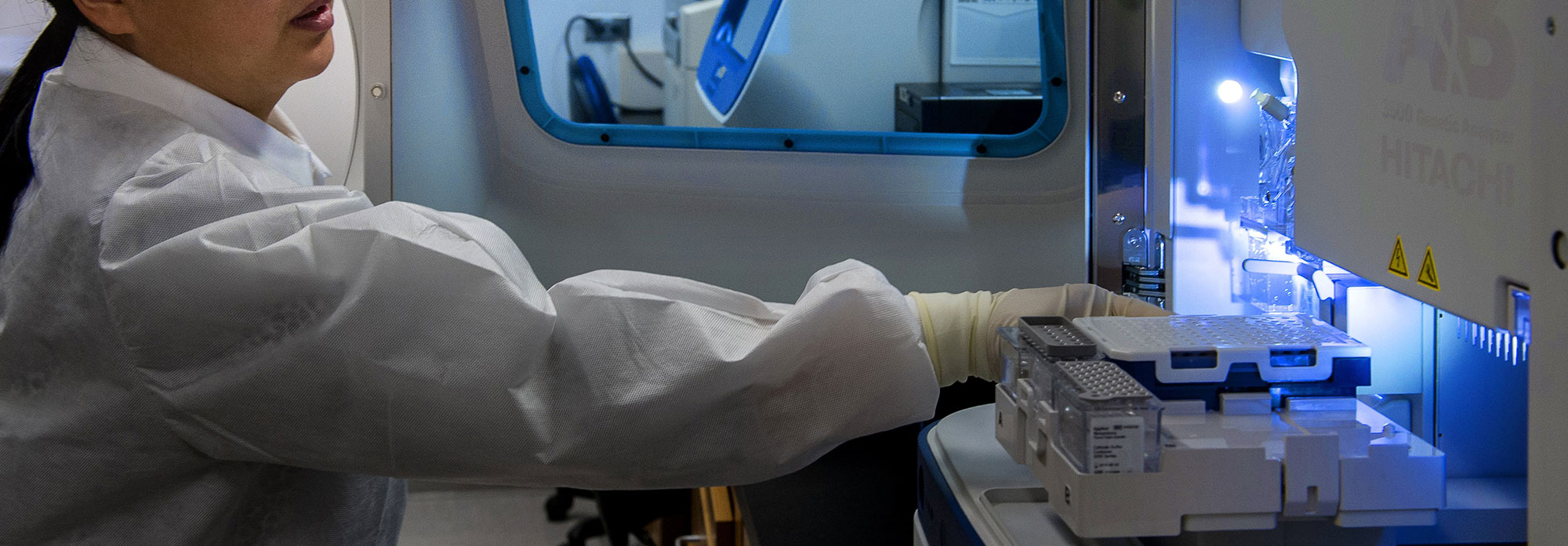
 IRIS presents the VISUM line with the Galician Food Cluster
IRIS presents the VISUM line with the Galician Food Cluster
 Transforming the plastics sector into circular economy
Transforming the plastics sector into circular economy

IRIS presents the Predictive System build for mAbxience at the “ISPE 4.0 AI applications” webinar

On november 25, the workgroup of ‘ISPE 4.0: AI applications to pharmaceutical processes’ organized a webinar about “Digitization and advanced analytics in pharmaceutical”, where Dr. David F. Nettleton, Senior Data Mining Analyst at IRIS, presented, together with Francisco Javier Rodríguez, Engineering Director at Genhelix (mAbxience), how IRIS developed a successful predictive system to anticipate possible events or anomalies in their plant.

In their presentation, both companies, mAbxience and IRIS, explained both, how they started a collaboration a few months ago with the ambitious purpose of creating a Predictive System that could help to anticipate events or anomalies in one of the mAbxience plants, and how they successfully achieved their objective.
For this Predictive System, mAbxience collected over 115 million values from the critical process variables of the mAbxience plant, and 10 thousand messages from their alarms system, that were filtered with Big Data pre-processing techniques by IRIS, to clean, consolidate, cluster and normalize this huge amount of data for their future analysis.

Example of clustered values in the Database (showing normal cases in blue and anomalies in red)
By using HPC (High Performance Computing), a Distributed Processing Architecture and Artificial Intelligence techniques like Machine Learning, IRIS build the predictive models that were able to identify the key trends in the data that could lead to an undesired events or anomaly.

Simplified example of the likelihood of having an event in three different sensors.
This successful case between mAbxience and IRIS is an excellent example of the work done in the ISPE Spain workgroup, that was created with the aim of meeting people from the pharmaceutical and chemical sectors whose work is focused on Industry 4.0 and the implementation of PAT (Process Analytical Technologies) in the laboratory.



